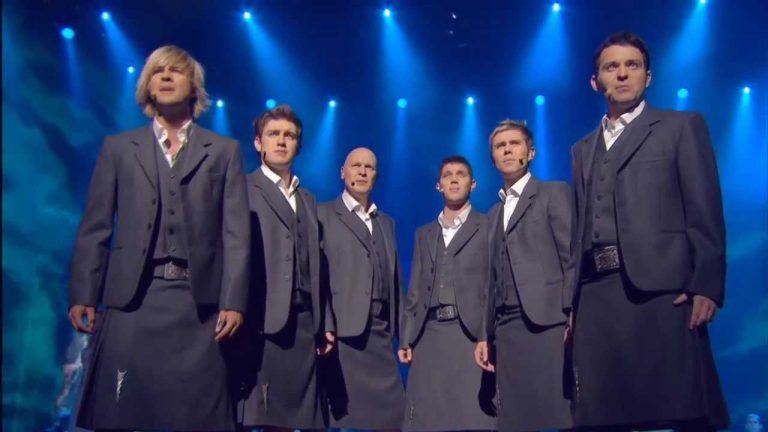As the Loose Women team wrapped up their final show from the current studio, panellist and X Factor alum Stacey Solomon took center stage with an unexpected musical moment.
Grabbing the microphone, Stacey belted out the iconic Spice Girls hit “Goodbye” — the very track the band performed when Geri Halliwell first left. Her powerful vocals reminded viewers just how talented she truly is.
Fellow panellists Jane Moore, Nadia Sawalha, and Kaye Adams joined in as her backing singers, creating a fun and nostalgic atmosphere. The surprise took a hilarious turn when Johnny Vegas appeared dressed as Geri Horner, complete with the legendary Union Jack dress, sparking laughter across the studio.
Earlier in the show, Sherrie Hewson unveiled a time capsule filled with mementos from the presenters, promising that it would be opened again when the show returns to the studios five years from now.
The hosts also spent time reminiscing about their journeys on Loose Women. Jane, Nadia, and Kaye reflected on their experiences as original panellists, while regular guest Martin Kemp popped in to share an unexpected fact — that he was born with three kidneys.
Starting Monday, the Loose Women team will broadcast from ITV’s new base at the BBC Studioworks in Television Centre. Kaye even gave fans a sneak peek at how the new set will differ from past designs.
Stacey’s performance, however, sparked a lively reaction on social media. One viewer joked:
“Never thought I’d see @StaceySolomon dueting on a Spice Girls song with a dress-wearing @JohnnyVegasReal — what a time to be alive! #LooseWomen.”
Others praised her vocals, writing:
“@StaceySolomon you forget what a gorgeous voice you have — loved that performance! #Goodbye #LooseWomen.”
Not everyone was impressed, though. One critic tweeted:
“Didn’t think anyone could sing a Spice Girls song worse than the Spice Girls themselves… but congratulations #LooseWomen, you did it!”
Still, many agreed Stacey’s voice deserves more attention, with one fan posting:
“@StaceySolomon should release that as a single — forgot how amazing her voice is! #LooseWomen.”
And in true Loose Women style, the show ended with laughter, nostalgia, and a little bit of chaos — the perfect send-off for a beloved TV staple.










